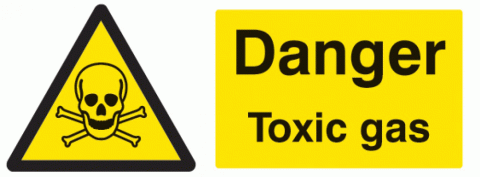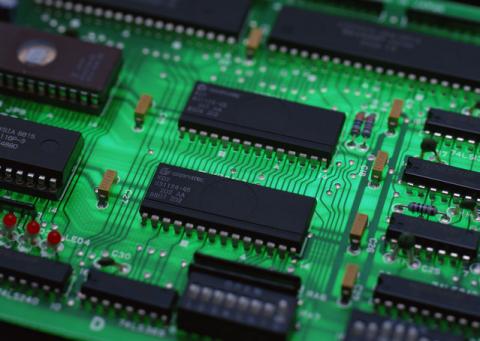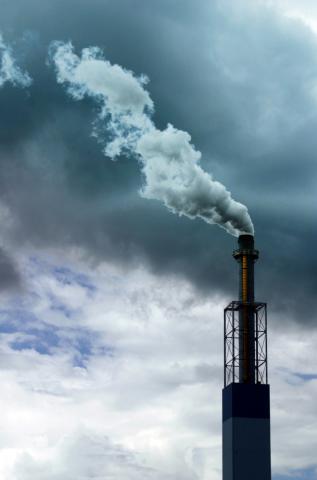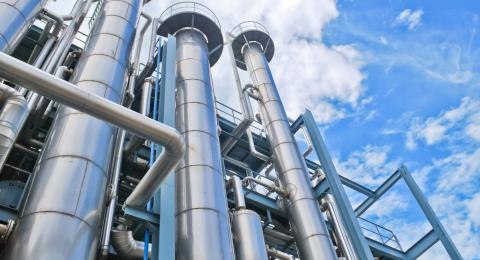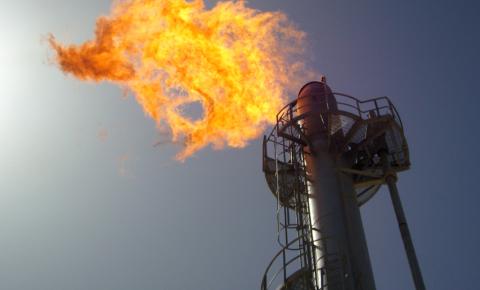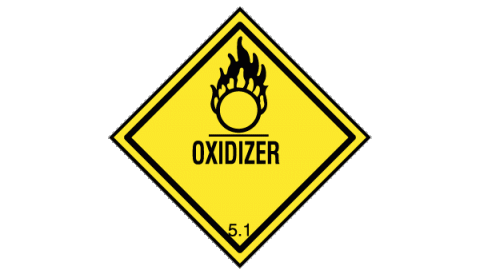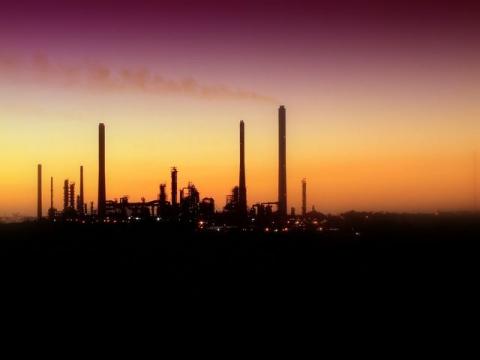Season's Greetings and best wishes for a Happy New Year filled with health, happiness & success ~ from your friends at Control Instruments Corporation
Hazardous Monitoring in Semiconductor Facilities
Reliable gas detection and monitoring systems are an essential element of the semiconductor plant’s safety system. It requires gas detection systems that can accommodate a variety of combustible and toxic gas applications with both single and multi-sensor network solutions. A variety of systems are available for different monitoring applications. Using the correct system will result in managing gas hazards in the most effective and efficient way.
Application Spotlight: Semiconductor
Semiconductor manufacturing facilities employ a number of hazardous gases in their production processes.
Pollution Control in Real Life
For the past couple weeks we shined the spotlight on the Pollution Control Industry; we've looked at the three ways to reduce emissions (Oxidizers, Incineration & Solvent Recovery). This week let's discuss HOW, by looking at real life applications:
Happy Thanksgiving
We ought to make the moments notes
Of happy, glad Thanksgiving;
The hours and days a silent phrase
Of music we are living.
And so the theme should swell and grow
As weeks and months pass o’er us,
And rise sublime at this good time,
A grand Thanksgiving chorus.
~ Ella Wheeler Wilcox
Pollution Control: Solvent Recovery
Solvent recovery systems recover and re-use solvents from manufacturing processes. Solvent laden air from the processes is passed through an activated carbon bed. When the carbon bed is nearly saturated with solvent, a steam-down cycle occurs to condense out the solvent for re-use. The carbon is then regenerated for another collection phase. Two carbon beds are used so that one bed can process the solvent-laden air while the other one is regenerating.
Pollution Control: Incineration/Flare Stacks
Pollution Control: Incineration/Oxidizers
A flame ionization detector at the outlet of the oxidizer ensures that it does not exceed emission levels. In addition, by using two flame ionization detectors, one on the inlet and one on the outlet, hydrocarbons can be measured and compared before and after processing, indicating efficiency.
Application Spotlight: Pollution Control
Air pollution control devices are a series of devices that work to prevent a variety of different pollutants, both gaseous and solid, from entering the atmosphere primarily out of industrial smokestacks. These control devices can be separated into two broad categories - devices that control the amount of particulate matter escaping into the environment and devices that control acidic gas emissions.
Oil and Gas in Real Life
Pagination
- Previous page
- Page 11
- Next page


